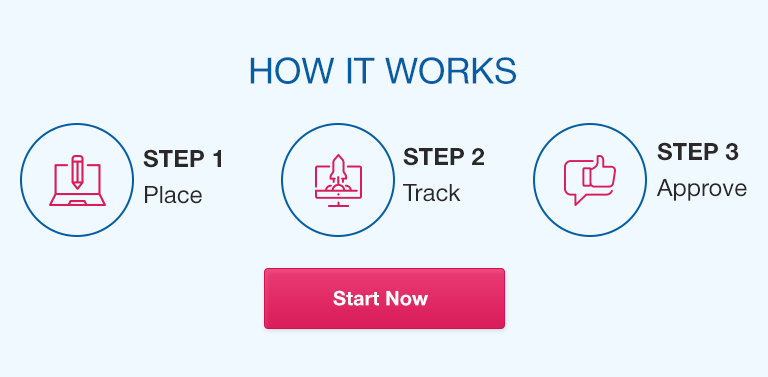response to the following with 200 words, APA style:
- Transfer Risk – Hurricane damages infrastructure beyond repair – rationale for transfer of risk (i.e. purchasing insurance) is to have a means to rebuild and restore.
- Terminate Risk – Employee violating policy resulting in increased financial liability (i.e. embezzlement) – rationale is to eliminate the risk that is identifiable, future risk associated with the actions of this individual is eliminated, has a potential to affect the overall operation and ability to continue operations, and situation likely to improve if terminated versus implementing corrective action measures.
- Tolerate Risk – Security fence down due to power outage – rationale is a power outage will not deem the fence completely inoperable, but contingency plan will be required until full operation is restored. The time to restore will likely be minimal and/or contingency plan is sufficient to sustain for a significant amount of time.
- Treat Risk – Repaving cracked and uneven walkways in high traffic areas – rationale for repaving areas prone to increase falls/accidents is a way of minimizing the potential for risks and is cost efficient versus the potential liability.
Expert Solution Preview
Introduction:
Risk management is an essential aspect of any organization or institution, including the healthcare industry. In order to effectively manage risks, it is important to identify and analyze potential risks, and then determine the most appropriate strategy for each risk. This response will provide an analysis of four different risk management strategies: transfer risk, terminate risk, tolerate risk, and treat risk. Each strategy will be applied to a specific scenario, explaining the rationale behind each decision.
1. Transfer Risk – Hurricane damages infrastructure beyond repair:
The rationale for transferring the risk of infrastructure damage caused by a hurricane is to have a means to rebuild and restore. By purchasing insurance, the burden of financial responsibility is shifted to the insurance provider, allowing the organization to recover and resume its operations more efficiently. This strategy enables the organization to have a safety net in place, ensuring that the damage caused by the hurricane does not lead to long-term financial setbacks.
2. Terminate Risk – Employee violating policy resulting in increased financial liability:
The rationale for terminating the employee who violates policies leading to increased financial liability, such as embezzlement, is to eliminate the risk associated with their actions. By terminating the employee, the organization eliminates the potential for future risks caused by the individual in question. This decision is based on the understanding that the individual’s actions have the potential to significantly impact the overall operation and ability to continue operations. By terminating the employee, the organization can then implement corrective action measures, ensuring a more secure and compliant environment.
3. Tolerate Risk – Security fence down due to a power outage:
The rationale for tolerating the risk of a security fence being down due to a power outage is that the fence remains partially operable, and the situation can be managed with a contingency plan until full operation is restored. The organization recognizes that although the fence may be temporarily affected, the timeframe for restoration will likely be minimal, or the contingency plan in place is sufficient to sustain the security needs for a significant amount of time. In this scenario, the benefits of investing resources in addressing a temporary issue are not justified, given the low impact and short-term nature of the risk.
4. Treat Risk – Repaving cracked and uneven walkways in high traffic areas:
The rationale for treating the risk of cracked and uneven walkways in high traffic areas through repaving is to minimize the potential for accidents and falls. By proactively addressing this risk, the organization can reduce the likelihood of injuries and associated liabilities. Repaving the walkways is a more cost-efficient approach compared to potential legal expenses resulting from accidents. This approach prioritizes the safety of individuals utilizing these high traffic areas, mitigating potential risks effectively.
In conclusion, risk management strategies such as transferring, terminating, tolerating, and treating risks are vital in maintaining a safe and secure environment in the medical field. Each strategy is based on a careful analysis of the situation and aims to protect the organization from potential harm while ensuring the continuity of operations.


